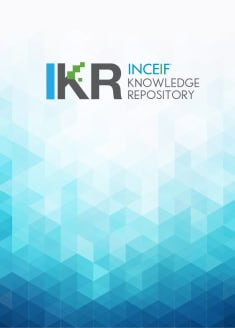
Browse by Author "Li Qu"
Results Per Page
Sort Options
- PublicationInterest rate risk of Islamic and conventional banks: duration gap and net worth approachLi Qu; Obiyathulla Ismath Bacha (INCEIF, 2020)
Starting with a bird s-eye view of contemporary issues of Islamic and conventional banking industries, this paper studies interest rate exposure of Islamic banks by comparing the duration gap and net worth (NW) risk of 50 Islamic Banks (IBs) and 50 Conventional Banks (CBs) from 11 emerging market jurisdictions with dual banking system for two different years, 2009 and 2018. Tweaking the past study design, we also investigate interest rate exposure from bank s two key segments, lending/deposit-taking and treasury. Our results show that duration gaps of IBs and CBs are positive, with IBs being over two times significantly higher than CBs for both years concerned. Higher positive duration gaps suggest that IBs financings are more vulnerable to interest rate risk and capital will be under more pressure when interest rate increases. Moreover, volatilities of IBs duration gaps are significantly higher than that of CBs for both 2009 and 2018, implicating lack of Shariah-compliant risk management tools. Comparing two years, IB s operating gap is lower in 2018; despite the insignificance, it implies that IBs interest rate exposure is reduced due to shorter term Islamic financings. In cross-country analysis, despite Malaysian IBs and Bahraini IBs being statistically significantly different from other countries IBs, overall, we do not see any evident country-specific variations, as they all adopt depository banking model similar to their conventional counterparts.
Abstract View
2673085
View & Download
194733
